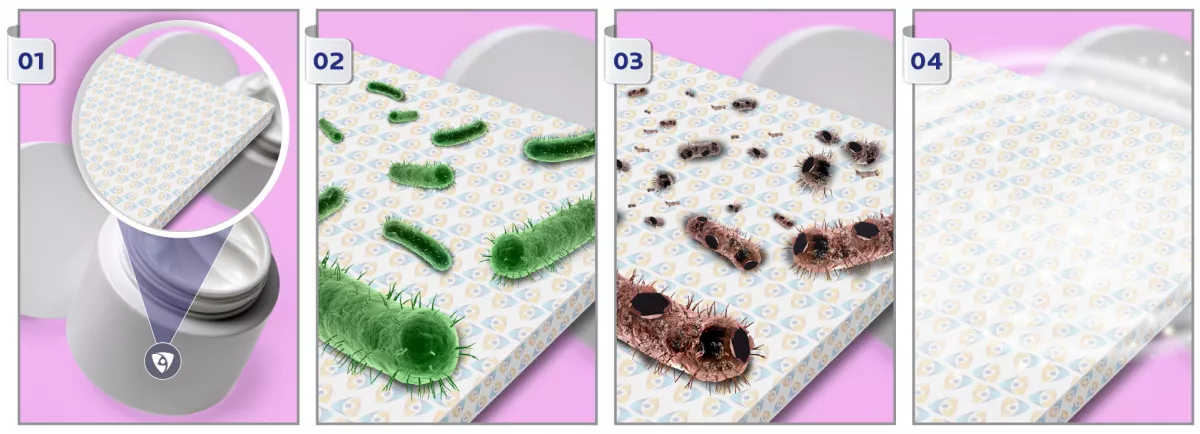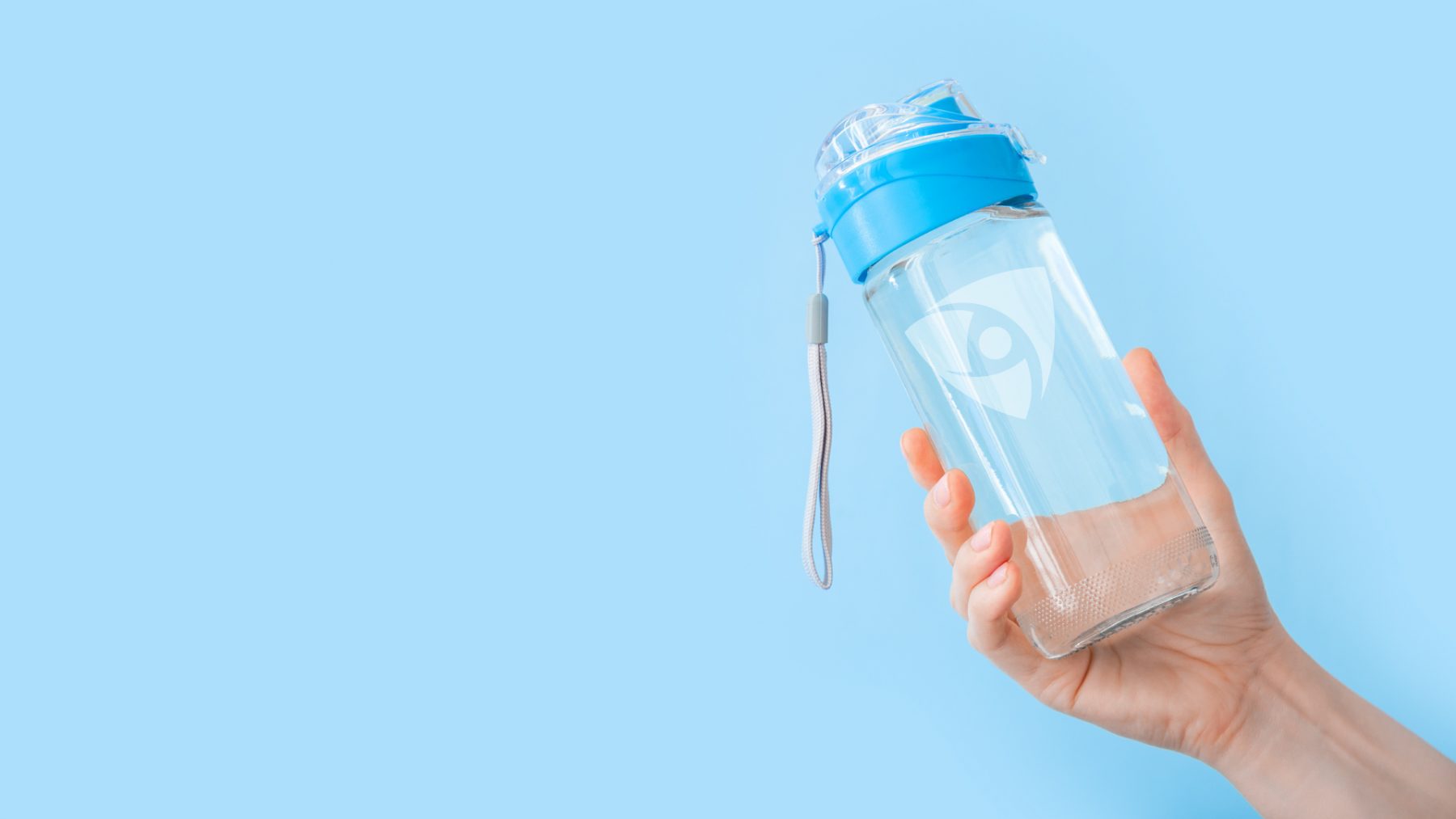Environmental concerns have led countries worldwide to implement regulations that promote sustainability, bringing the issue of plastic sustainability to the forefront with good reason. Truth is, the figures on plastic pollution are staggering:
UK households dispose of almost 100 billion plastic packages annually, with only 12% being recycled in the country.
Plastic waste generated by the UK construction sector has increased by 46% in two years.
Over 80% of the plastic waste in the ocean comes from Asia.
Every hour in the United States, 2.5 million plastic bottles are thrown away.
Despite the negative impact of plastics on the environment, they play a vital role in the global economy and, in some cases, make sustainable products possible. For example, the Boeing 787 Dreamliner has 50% of its weight and 80% of its volume made up of plastic composites, resulting in a fuel saving of up to 20%. PVC pipes have a lifespan of more than a century and have the least failure rate compared to other materials.
To better understand how longer-lasting plastics can contribute to product sustainability, we must consider the relationship between plastics and microbes.
How do microbes affect plastics?
Some plastic types attract more microbes than others. Flexible PVC is rich in plasticizers that serve as a food source for bacteria and fungi, making it susceptible to stains, odors, and premature degradation. Open-cell foam products, such as kitchen sponges, can also create favorable conditions for microbes.
Knowing which plastics are more prone to microbial growth can assist in maintaining a cleaner environment, but it's important to consider other factors as well, such as:
How the product is used
Its location
How easy it is to clean
All of the above can influence microbial growth on plastic surfaces. This is particularly relevant for outdoor applications like siding and decking, where environmental factors can promote the buildup of microbes.
If unaddressed, the accumulation of microbes can cause plastic products to lose their functionality, durability, and attractiveness. This can increase the need for early replacement or disposal, contributing to the plastic waste problem.
Understanding antimicrobial properties in plastics
Antimicrobials help prevent the growth of bacteria, mold, and mildew on plastic surfaces. The technology starts working immediately upon contact with microbes and remains effective for the entire lifespan of the material. This delivers enhanced durability and longevity, reducing the risk of structural damage and product degradation caused by microbial activity over time.

How antimicrobial additives enhance the performance of plastics
Durability: Plastics' ability to resist premature degradation, discoloration, and odors caused by microbial growth ensures that they maintain their performance and aesthetics over time. This characteristic is particularly beneficial in applications exposed to harsh conditions or frequent use, such as industrial equipment or building materials.
24/7/365 surface protection: The "always-on" technology reduces the risk of surface contamination by bacteria, mold, and mildew, making it highly valuable in industries where cleanliness and product hygiene are crucial, such as medical and healthcare, and food processing environments.
Odor control: Antimicrobial plastics are useful in controlling unpleasant odors caused by bacterial loading. This can increase the value of products such as food-storage containers, performance gear and apparel, and pet products.
What benefits do antimicrobial plastics have on the environment?
Minimized usage of harsh cleaning agents and energy consumption: Keeping plastic surfaces inherently cleaner for extended periods can positively impact the environment. It can lower the need for harsh cleaning chemicals that can pollute waterways and reduces the amount of water and energy used in cleaning.
Encourages product reusability: Antimicrobial plastics are resistant to staining and unpleasant odors. This makes it easier to maintain product cleanliness between uses, reducing the demand for single-use alternatives and promoting sustainability.
Less waste: When plastic products are visibly contaminated or degraded by microbes, people see them as unattractive, unhygienic, or unusable. This leads to premature disposal and costly replacements, which increases plastic waste and energy consumption. Incorporating antimicrobial technology into plastic products can help manufacturers combat this issue.
Enhances recyclability and promotes a circular economy: Built-in antimicrobial protection can help improve product recyclability by extending the aesthetics and longevity of the material.
Watch the presentation below to learn more about the advantages of built-in antimicrobials in plastics recycling.
In conclusion, integrating antimicrobial technology enhances plastic's resistance to degrading bacteria, mold, and mildew, promoting extended use, improving recyclability, and ultimately helping to minimize plastic waste.
Unlocking the power of protection with Microban
To ensure best-in-class innovation, manufacturers should collaborate with a reputable antimicrobial company for their plastic product development. Microban, with the world's most extensive collection of antimicrobial technologies and more than 800 brand partnerships worldwide, is a Trustmark for ultimate cleanliness, product protection and consumer confidence.


